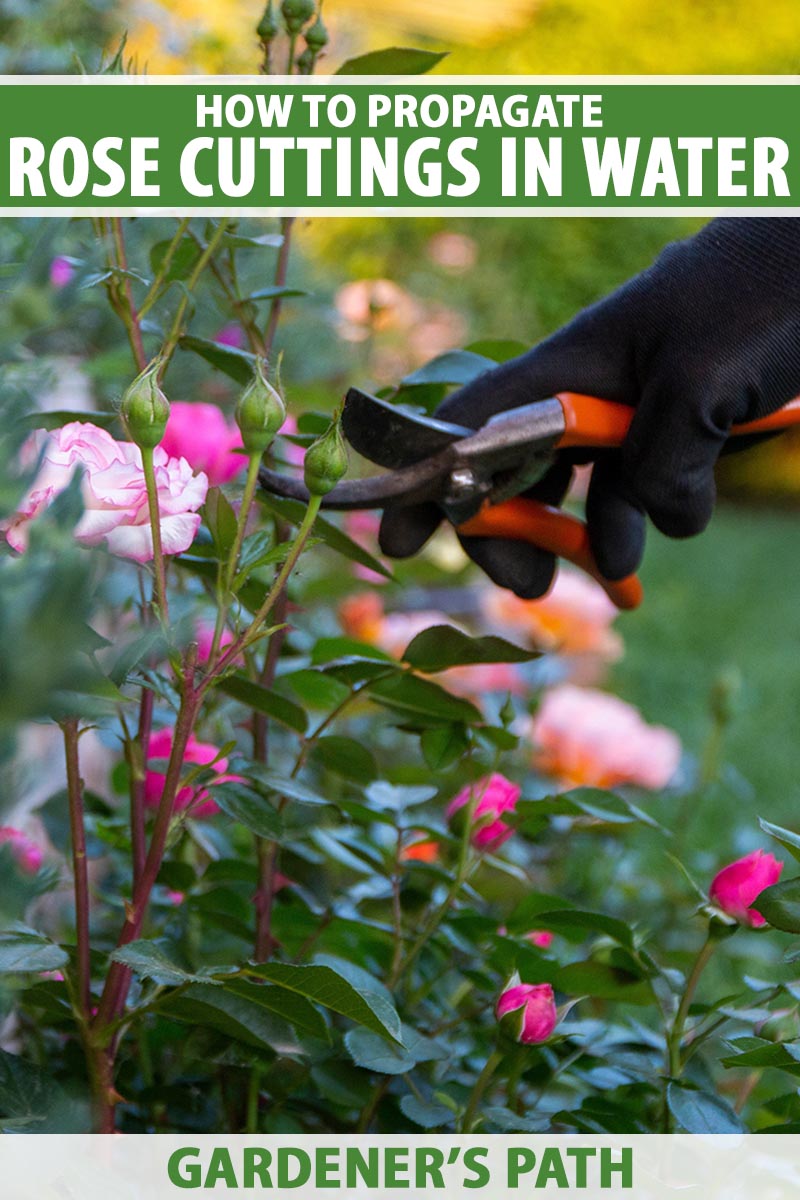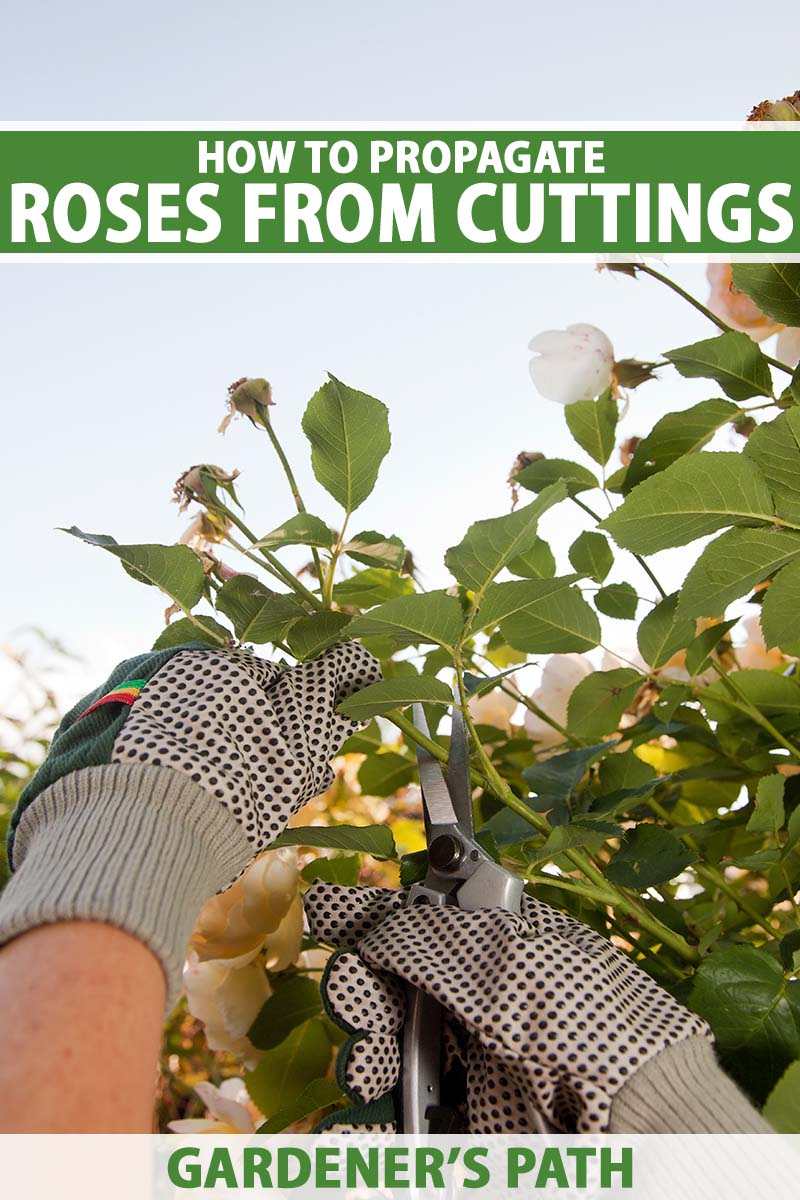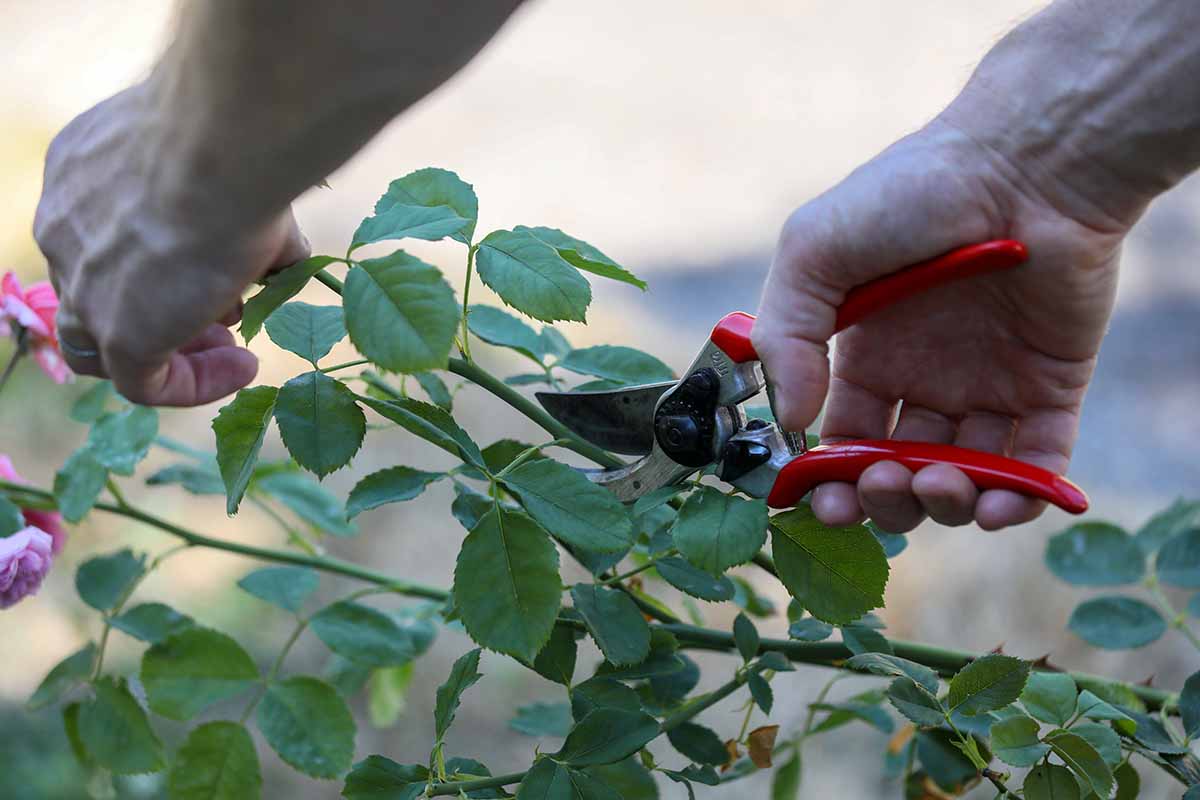The Art of Taking Rose Bush Cuttings
Propagating roses using cuttings is a popular method among gardeners and rose enthusiasts, offering a cost-effective and efficient way to increase plant production and share favorite varieties with friends and family. By learning how to take a rose bush cutting, individuals can enjoy the beauty and fragrance of these stunning flowers in their own gardens. This technique allows for the reproduction of genetically identical plants, ensuring that the new rose bushes will retain the same characteristics as the parent plant. With the right tools, materials, and a little practice, anyone can master the art of taking rose bush cuttings and enjoy the many benefits that come with it.
Rose bush cuttings can be taken from a variety of rose types, including hybrid teas, floribundas, and shrub roses. However, not all rose varieties are suitable for propagation using cuttings. Some roses, such as those with weak or fragile stems, may not produce viable cuttings. It is essential to research the specific rose variety and its propagation requirements before attempting to take cuttings.
One of the primary advantages of propagating roses using cuttings is the ability to share plants with others. By taking cuttings from a favorite rose bush, gardeners can distribute the new plants to friends and family, allowing them to enjoy the same beautiful blooms. This method also enables rose enthusiasts to preserve rare or heirloom varieties, ensuring their survival for future generations.
In addition to sharing plants, propagating roses using cuttings can also be a cost-effective way to increase plant production. By taking multiple cuttings from a single rose bush, gardeners can quickly produce a large number of new plants, reducing the need for purchasing expensive nursery stock. This method is particularly useful for gardeners who want to create a rose garden or expand an existing one.
While propagating roses using cuttings can be a rewarding experience, it does require some skill and patience. To increase the chances of success, it is crucial to follow proper techniques and use the right tools and materials. In the following sections, we will explore the essential steps and considerations for taking rose bush cuttings, including choosing the right rose variety, preparing the necessary tools and materials, and timing the cutting process.
Choosing the Right Rose Variety for Cuttings
When it comes to selecting a rose variety for cuttings, several factors come into play. The type of rose, its growth habit, and the desired outcome are all crucial considerations. For instance, hybrid tea and floribunda roses are popular choices for cuttings due to their vigorous growth and high production of stems. On the other hand, shrub roses and climbing roses may be more challenging to propagate using cuttings, but can still be successful with the right techniques.
The growth habit of the rose is also an important factor to consider. Roses with a compact or dwarf growth habit may be more suitable for container gardens or small spaces, while those with a more vigorous growth habit may be better suited for larger gardens or landscapes. Additionally, the desired outcome of the cutting process should also be taken into account. For example, if the goal is to produce a rose bush with abundant blooms, a variety with a high bloom production rate may be the best choice.
Some popular rose varieties for cuttings include ‘Peace’, ‘Double Delight’, and ‘Mister Lincoln’. These varieties are known for their vigorous growth, high bloom production, and ease of propagation. However, it’s essential to research the specific rose variety and its propagation requirements before attempting to take cuttings. This will ensure the best possible results and minimize the risk of failure.
In addition to the type of rose and its growth habit, the health and vigor of the parent plant should also be considered. A healthy and vigorous parent plant will produce more viable cuttings, increasing the chances of successful propagation. Conversely, a weak or diseased parent plant may produce cuttings that are more prone to disease or pests, reducing the chances of success.
By carefully selecting the right rose variety for cuttings, gardeners can increase their chances of success and produce healthy, thriving rose bushes. In the next section, we will discuss the essential tools and materials needed for taking rose bush cuttings, including pruning shears, a pot or container, rooting hormone, and a well-draining potting mix.
Preparing the Necessary Tools and Materials
To take rose bush cuttings successfully, it’s essential to have the right tools and materials on hand. The following list includes the essential items needed to get started:
Pruning shears: A good pair of pruning shears is crucial for making clean cuts and minimizing damage to the plant. Look for shears with sharp blades and comfortable grips.
Pot or container: A pot or container with good drainage is necessary for rooting the cuttings. Make sure the container is clean and has drainage holes to prevent waterlogged soil.
Rooting hormone: Rooting hormone is a powder or liquid that stimulates root growth and increases the chances of successful propagation. There are many different types of rooting hormone available, so choose one that is specifically designed for rose cuttings.
Well-draining potting mix: A well-draining potting mix is essential for healthy root growth and preventing waterlogged soil. Look for a mix that contains a combination of peat moss, perlite, and vermiculite.
Water: Water is necessary for keeping the cuttings hydrated and promoting root growth. Use lukewarm water, as cold water can shock the cuttings.
Twine or tape: Twine or tape is necessary for securing the cuttings to the pot or container. This helps to prevent the cuttings from toppling over and promotes upright growth.
Labels: Labels are necessary for identifying the different rose varieties and keeping track of the cuttings. Use a permanent marker to label each pot or container.
By having these essential tools and materials on hand, you’ll be well-prepared to take rose bush cuttings and increase your chances of successful propagation. In the next section, we’ll discuss the best time to take rose bush cuttings, considering factors such as the rose’s growth cycle, weather conditions, and the desired outcome.
When to Take Rose Bush Cuttings: Timing is Everything
The timing of taking rose bush cuttings is crucial for successful propagation. The best time to take cuttings depends on the rose’s growth cycle, weather conditions, and the desired outcome. In general, spring and fall are considered the best times to take rose bush cuttings.
In the spring, take cuttings from the new growth that appears after the rose bush has finished its winter dormancy. This is usually around late March or early April, depending on the climate and region. Spring cuttings tend to root more easily and quickly, as the plant is actively growing and producing new tissue.
In the fall, take cuttings from the current season’s growth, usually around late August or early September. Fall cuttings can be more challenging to root, as the plant is preparing for dormancy and may not be producing as much new tissue. However, fall cuttings can still be successful, especially if the plant is still actively growing and producing new stems.
Avoid taking cuttings during the summer months, as the heat and dryness can cause the cuttings to dry out and fail to root. Additionally, avoid taking cuttings during the winter months, as the plant is dormant and may not be producing enough new tissue to support rooting.
Weather conditions also play a significant role in determining the best time to take rose bush cuttings. Avoid taking cuttings during periods of extreme weather, such as intense heat, cold, or drought. Instead, wait for a period of mild weather with adequate moisture and temperatures between 60°F and 80°F (15°C and 27°C).
By taking rose bush cuttings at the right time, you can increase your chances of successful propagation and enjoy a bountiful harvest of new rose bushes. In the next section, we’ll provide a step-by-step guide on how to take a rose bush cutting, including selecting the right stem section, making the cut, and preparing the cutting for rooting.
The Cutting Process: A Step-by-Step Guide
Now that you have selected the right rose variety, prepared the necessary tools and materials, and determined the best time to take cuttings, it’s time to move on to the cutting process. This is a critical step in propagating roses, and it requires attention to detail and care. Here’s a step-by-step guide on how to take a rose bush cutting:
Step 1: Select the Right Stem Section
Choose a healthy stem section with at least three sets of leaves. Avoid taking cuttings from weak or damaged stems, as they may not root well. Look for stems with a diameter of about 1/4 inch (6 mm) and a length of 6-8 inches (15-20 cm).
Step 2: Make the Cut
Using your pruning shears, make a clean cut just above a node (where a leaf meets the stem). Cut at a 45-degree angle, and make sure the cut is smooth and even. Remove any lower leaves that will be below the soil surface, leaving only two or three sets of leaves at the top of the cutting.
Step 3: Prepare the Cutting for Rooting
Dip the cut end of the stem into a rooting hormone powder or liquid, following the manufacturer’s instructions. This will help stimulate root growth and increase the chances of successful propagation.
Step 4: Plant the Cutting
Plant the cutting in a pot or container filled with a well-draining potting mix. Firm the soil gently around the cutting, making sure it is secure and upright. Water the soil thoroughly, and provide adequate moisture and humidity to promote rooting.
By following these steps, you can increase your chances of successful propagation and enjoy a bountiful harvest of new rose bushes. In the next section, we’ll discuss the process of rooting rose cuttings, including the use of rooting hormone, and provide tips on how to care for the cuttings during the rooting process.
Rooting and Caring for Your Rose Cuttings
Once you have taken your rose bush cuttings, it’s essential to provide them with the right conditions to root and grow. Here are some tips on how to care for your rose cuttings during the rooting process:
Rooting Hormone: Apply a rooting hormone powder or liquid to the cut end of the stem, following the manufacturer’s instructions. This will help stimulate root growth and increase the chances of successful propagation.
Watering: Water the soil gently but thoroughly after planting the cutting. Make sure the soil is consistently moist but not waterlogged, as this can lead to root rot.
Humidity: Provide high humidity around the cutting by covering the pot or container with a clear plastic bag or a cloche. This will help maintain moisture and promote rooting.
Temperature: Keep the soil at a consistent temperature between 65°F to 75°F (18°C to 24°C). Avoid placing the cutting in direct sunlight or extreme temperatures.
Lighting: Provide bright, indirect light for the cutting. Avoid direct sunlight, which can cause the leaves to become scorched.
Fertilization: Avoid fertilizing the cutting during the rooting process. Instead, wait until the new plant is established and showing signs of growth.
Pruning: Prune the new plant regularly to encourage bushy growth and prevent it from becoming leggy.
By following these tips, you can increase the chances of successful rooting and propagation of your rose cuttings. Remember to be patient, as the rooting process can take several weeks to several months.
In the next section, we’ll address common challenges and troubleshooting issues that may arise when taking rose bush cuttings, such as poor rooting, disease, or pests.
Common Challenges and Troubleshooting
While taking rose bush cuttings can be a rewarding experience, there are some common challenges that may arise. Here are some troubleshooting tips to help you overcome these challenges:
Poor Rooting: If your rose cuttings are not rooting well, it may be due to a lack of rooting hormone, inadequate moisture, or poor soil quality. Check your rooting hormone and make sure you are using the correct amount. Also, ensure that the soil is consistently moist but not waterlogged.
Disease: Fungal diseases such as powdery mildew or black spot can infect rose cuttings. To prevent disease, make sure to disinfect your pruning shears and pot or container before taking cuttings. Also, provide good air circulation and avoid overwatering.
Pests: Pests such as aphids, whiteflies, or spider mites can infest rose cuttings. To prevent pests, inspect your cuttings regularly and treat any infestations promptly. Use insecticidal soap or neem oil to control pests.
Leaf Drop: If the leaves on your rose cuttings are dropping off, it may be due to a lack of moisture or inadequate humidity. Check the soil moisture and make sure it is consistently moist but not waterlogged. Also, provide high humidity around the cuttings by covering the pot or container with a clear plastic bag or a cloche.
Slow Growth: If your rose cuttings are not growing as quickly as expected, it may be due to a lack of light, inadequate nutrients, or poor soil quality. Check the light levels and make sure the cuttings are receiving bright, indirect light. Also, fertilize the cuttings with a balanced fertilizer once they have established a robust root system.
By following these troubleshooting tips, you can overcome common challenges and successfully propagate your rose bush cuttings. Remember to be patient and provide the right conditions for your cuttings to thrive.
Conclusion: Enjoy Your Successfully Propagated Roses
Propagating roses using cuttings is a rewarding and cost-effective way to increase your rose plant production and share your favorite varieties with friends and family. By following the steps outlined in this article, you can successfully take rose bush cuttings and enjoy the beauty and fragrance of these stunning flowers in your own garden.
Remember to choose the right rose variety for cuttings, prepare the necessary tools and materials, and take the cuttings at the right time. With proper care and attention, your rose cuttings will root and grow into healthy, thriving plants.
We hope this article has provided you with the knowledge and confidence to try your hand at propagating roses using cuttings. Whether you’re a seasoned gardener or just starting out, this method is a great way to expand your rose collection and enjoy the many benefits of growing your own roses.
Share your experiences and tips on propagating roses using cuttings in the comments below. We’d love to hear about your successes and challenges, and learn from your experiences.






:max_bytes(150000):strip_icc()/step06c-e15576a3b8db453085657c2f45ab7f80.jpg)


